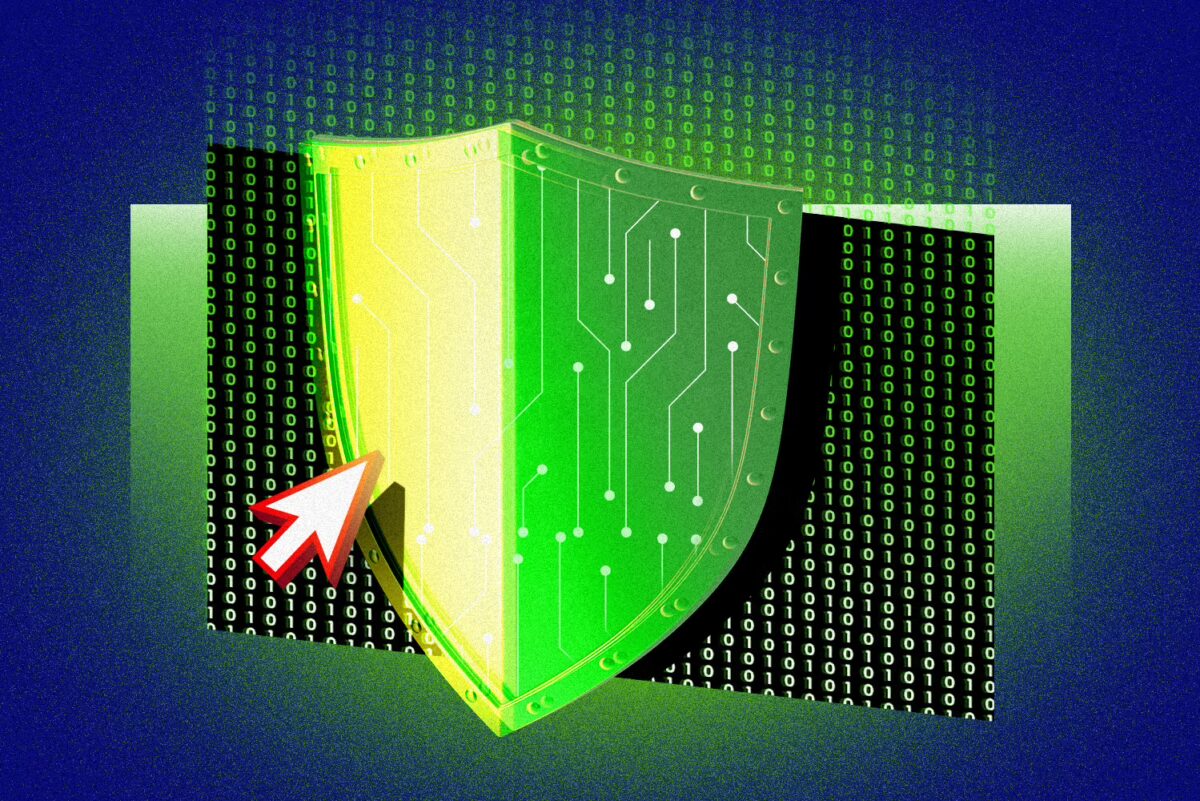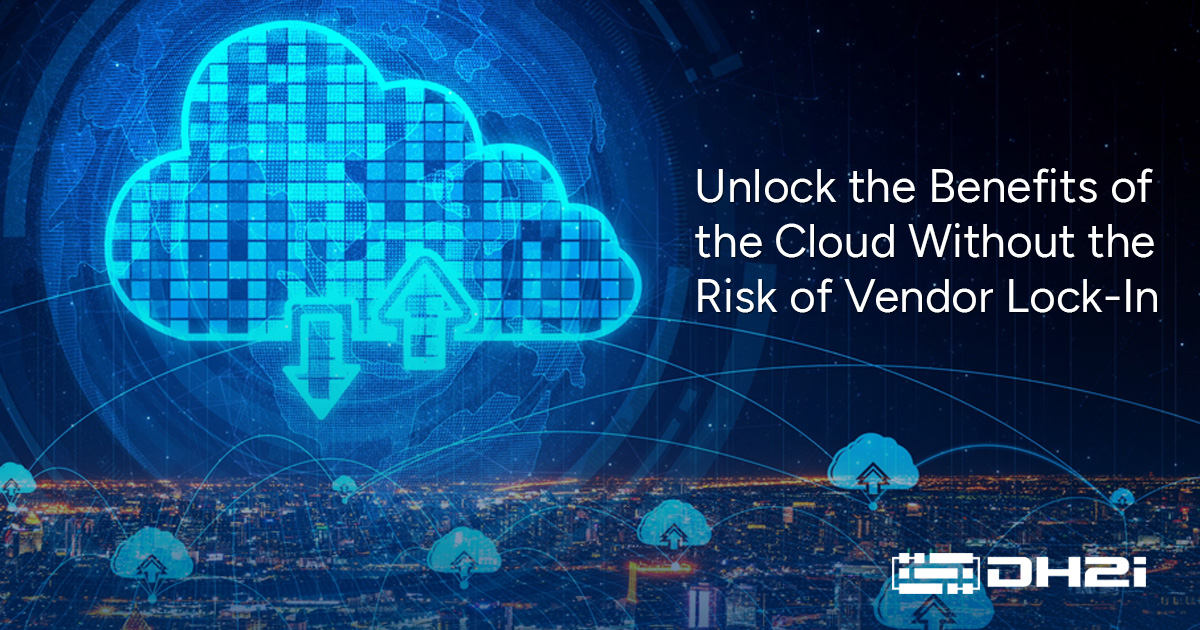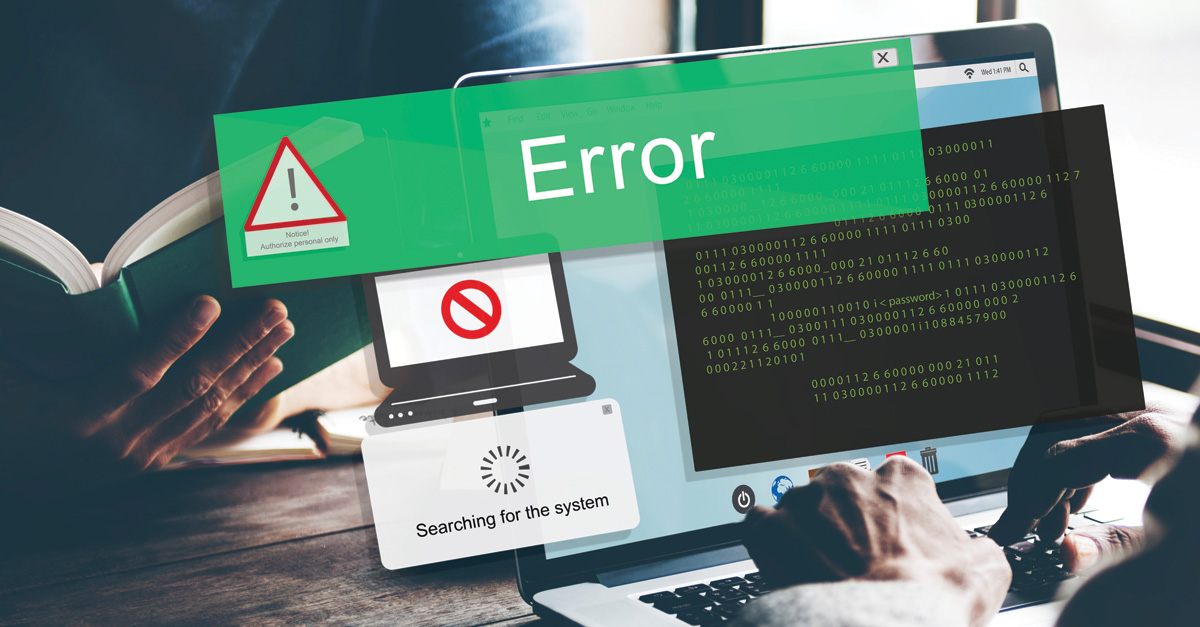Our collaborations with technology partners over the years have been critical in engineering the most flexible and impactful software solutions for our customers.
DH2i has worked in different capacities with Microsoft for years. We’ve maintained a collaborative, mutually-beneficial relationship that has fostered some massive advances in SQL Server high availability technology, especially in the Linux space. E.g. DH2i’s groundbreaking SQL Server Operator for Kubernetes has become Microsoft’s officially recommended SQL Server Operator, even receiving dedicated documentation articles within their SQL Server resource library.
Over the last couple years, we have started working closely with the fantastic team over at SUSE as well—pioneering some powerful new solutions to facilitate SQL Server modernization with unparalleled ease. E.g. Take a look at this demo video featuring DxOperator and Rancher Prime to facilitate the easiest possible approach to a SQL Server Kubernetes deployment in AKS.
From robust, certified platforms to meticulously developed Kubernetes orchestration and security technologies, SUSE provides perfectly complementary capabilities to enhance our existing solution stories with Microsoft. The functional possibilities and applications of our combined solution portfolios are wide-ranging, but this blog will focus on the ability of our three companies to unlock easy deployment of highly available SQL Server in the cloud with Microsoft Azure, SUSE Linux Enterprise Server (SLES), and DxEnterprise.
A Full Suite of Services and Security for Cloud Databases
Microsoft Azure: Azure is Microsoft’s public cloud platform, which provides a wide range of services, including computing, storage, networking, and database management. Azure supports various operating systems, including SUSE Linux Enterprise Server (SLES).
SUSE Linux Enterprise Server: SUSE is an open-source software company that offers a range of products, including the SLES operating system. SLES is a popular choice for enterprise environments due to its stability, security, and scalability.
DxEnterprise: DxEnterprise is Smart High Availability Clustering software developed by DH2i, which provides an easy-to-mange, flexible, secure, and highly available clustering framework for managing SQL Server databases on Windows, Linux, and Kubernetes.
When used together, Azure, SLES, and DxEnterprise can provide a robust solution for deploying and managing highly available databases in the cloud. Here’s how they work together:
- Azure as the cloud platform : Azure provides the underlying infrastructure for deploying and running SLES virtual machines (VMs) or containers.
- SUSE Linux Enterprise Server: SLES is installed on Azure VMs or used as a container runtime, providing a stable and secure operating system environment for running databases.
- DxEnterprise : DxEnterprise is deployed on top of SLES, providing a high availability framework that can manage multiple database instances across the Azure (and any mix of) infrastructure.
The benefits of using Azure, SUSE, and DxEnterprise together include:
- Scalability: Azure provides a scalable cloud infrastructure that can be effortlessly integrated with the DxEnterprise HA management framework, regardless of region or Availability Zone.
- High availability: DxEnterprise ensures high availability of databases by providing real-time monitoring, load balancing, and automatic failover (for instances AND containers) to ensure that workloads are always running in their respective best execution venues.
- Security: SLES provides a secure operating system environment, while DxEnterprise offers the additional capability of encrypted, app-level zero trust network access connections across any mix of clouds and infrastructure.
- Simplified management : DxEnterprise simplifies high availability management by providing a unified platform for managing multiple database instances across Azure and any mix of infrastructure or platforms.
Use Cases for the Azure, SLES, & DxEnterprise Solution Stack
Some possible use cases for using Azure, SUSE, and DxEnterprise together include:
- Database consolidation : Consolidate multiple databases into a single DxEnterprise high availability cluster running on SLES in Azure.
- Easy Multi-Site DR in the Cloud: If organizations need the real-time replication provided by Always-On Availability Groups (AGs), DxEnterprise can be used to easily stretch the AG across multiple Azure regions or availability zones, ensuring high availability and disaster recovery capabilities between sites.
- Cloud migration: Migrate on-premises databases to Azure using DxEnterprise and SLES, taking advantage of proprietary tools like DxEnterprise’s SQL Server Operator for Kubernetes.
For organizations looking to deploy highly available SQL Server in the cloud, it’s impossible to outdo the benefits provided by Azure cloud infrastructure and its tight, out-of-the-box integration with SQL Server. Microsoft and SUSE’s longstanding partnership has culminated in an incredibly stable and secure operating system environment with SUSE Linux Enterprise Server. And SLES provides a cost-effective platform that is inherently optimized for SQL Server workloads. Lastly, DxEnterprise delivers the perfect high availability solution to manage all your workloads across Azure—instances or containers—and easily unifies mixed infrastructure and multi-site deployments for disaster recovery.
Together, Azure, SLES, and DxEnterprise provide the go-to solution stack for deploying and managing SQL Server databases in the cloud. Their close integration and robust management capabilities stand head and shoulders above the competition in terms of scalability, high availability, and security.
Check out other resources detailing Microsoft, SUSE, and DH2i’s continued collaborations below:
- SUSE Blog: Unlock the Easiest Path to HA SQL Server in Kubernetes
- Joint Webinar: Unlock Fast and Secure Container Deployment with the SQL Server Operator for Kubernetes
Also published at: The IT Nerd





